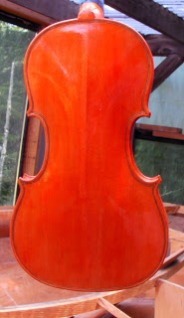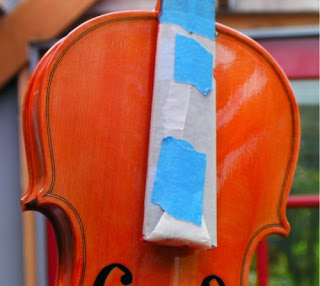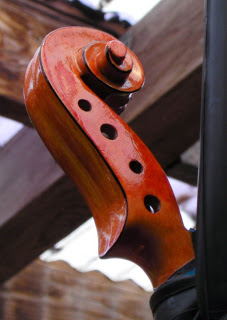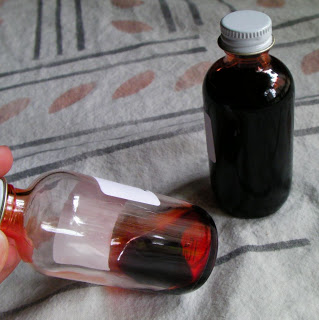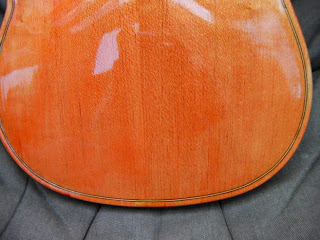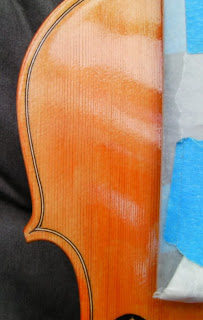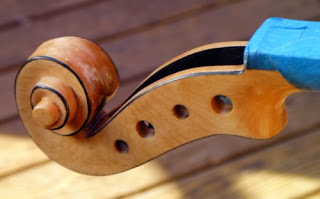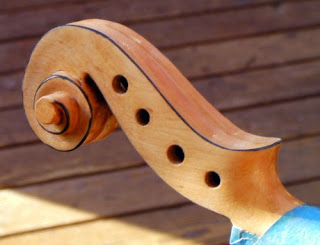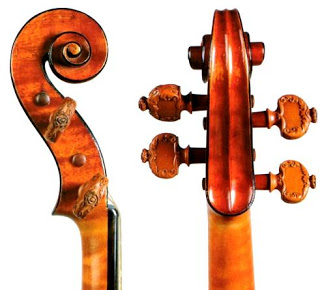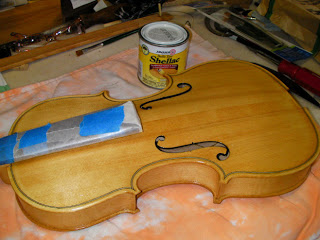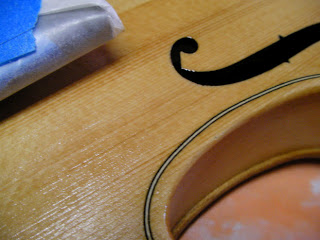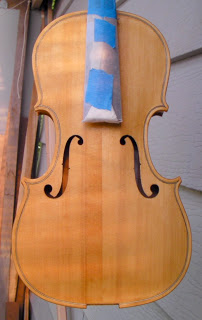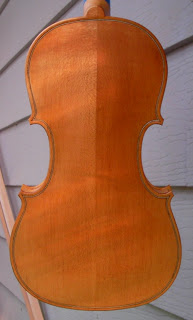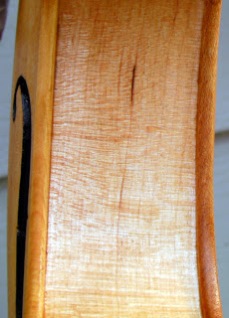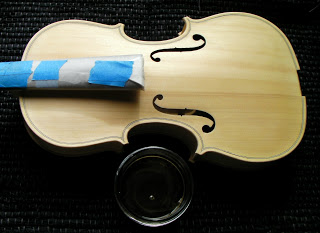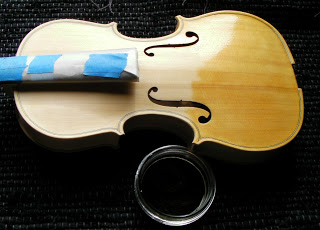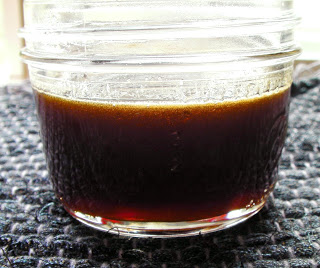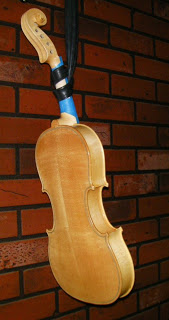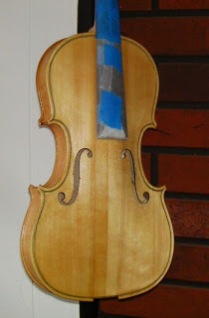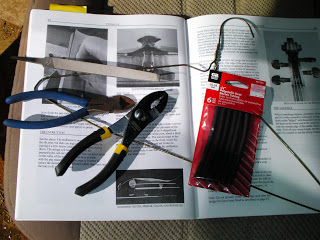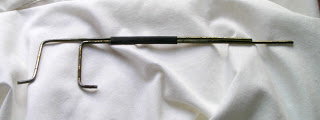It’s been over three years since I touched Ruby, the Red Fiddle, in any meaningful way. It’s been well over a year since I rosined up my bow and drew it across the strings of my favorite German fiddle, named, for now, Brandon’s Fiddle, after the man I acquired her from.
A comment here the other day reminded me I have this blog, a place I love to hang out, if only in my mind.
The other week I was putting in my shift at the local Art Guild Shop with Steve, a woodworker of great skill, and we were talking about wood in relation to his projects when I mentioned that I was looking for a piece of quarter-sawn figured maple of a fairly specific size.
He grew thoughtful, rolling his eyes towards the ceiling, mentally picking through his Wood Stash. “I might have a piece that would work for you…” he said. “I’ll look in my shop and give you a call.”
A couple of days later he invited me over to see if a likely piece would suit my purposes. He pulled out a slab of lovely flamed maple, about three feet long, and the perfect width to book match. It was sawn exactly on the quarter, with rings about 1/8″ apart.
He ran his hands over it as he told me the story of how he acquired it and how he’d been waiting to find the Perfect Project for it. For twenty years! I started to feel bad about wanting it, but he finally sighed, trimmed off the end and cut me a 16″ length, even going to far as to plane the edge and cut it in half so I could glue it up with (hopefully) no further work.
We stood in his shop, chatting about wood and he pulled out some veneer slabs, telling me about each species and how they should be finished, and out came a lovely piece of flamed maple, 1+mm thick, four feet long and four inches wide. I could not hide my gasp – this piece would be perfect for ribs! He was confused at my delight, but agreed to let that piece go, too, all for the fine price of “fair market value.” Any way you slice it, I got a hell of a bargain! I hope 🙂
Today I found myself online purchasing a couple pieces of spring steel to make new scrapers and cruising through the violin making forums, finding old “friends” still building and restoring and I’m itching to get home and pull some things out of their storage places, just to see if they’re still waiting for me to get back in the spirit of building again.
Since my last building posts my entire life has changed in ways I would never have dreamed possible and I have a very different living situation which will pose some interesting building problems which I’ll document here for those who find themselves in similar situations, and because I love to solve problems.
Oh, I also bought another banjo, so expect to see some banjo related posts here as I get both of them up and running.
Thank you for staying tuned!
